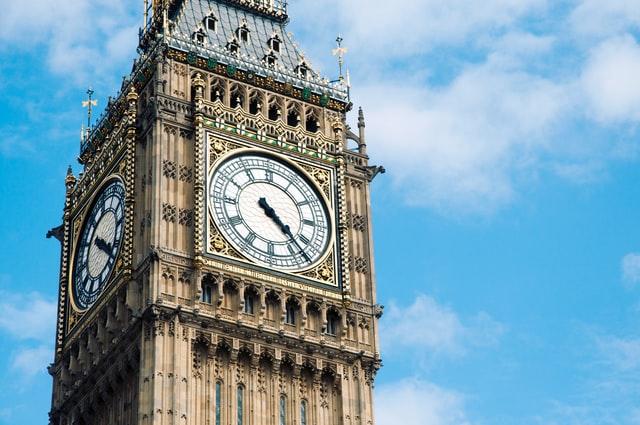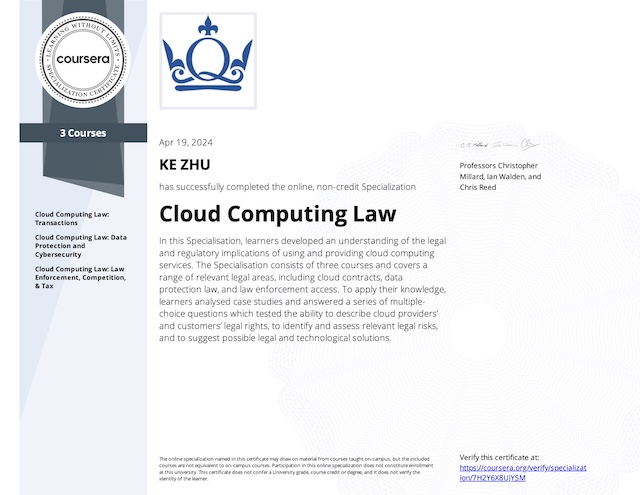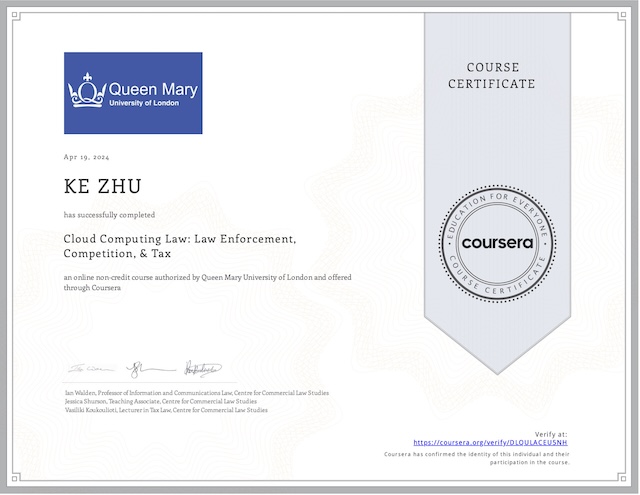English Legal System
Common law system means that the decisions of judges in courts are of central importance in making the law. The earlier court decisions by higher courts are binding on judges who decide later cases. There are also other sources of English law, most importantly Acts of Parliament (or called statutes), European Union Law, and European Convention on Human Rights. The constitution is famously often referred to as one of the unwritten / unmodified constitutions in the world. There is no on single document that sets out the British Constitution. But there are still constitutional principles which fundamentally underlie the operation of law.
Origins
1066. It was William the Conqueror, as king of England, who laid the foundations of the common law system. He put into place a central system of justice by creating King’s Court.
1166. King Henry II focused on creating a single system of justice for the entire country that will be under the control of the King. The judges were sent out to travel to different parts of the country. Their responsibility was to decide grievance, complaints and accusations, applying the laws that have been developed by judges in London. In this way the local laws were replace by national laws. Principle of Precedent is a central and distinctive principle in the common law.
1255. The creation of Magna Carta. This ancient legal document has come to be seen by all over the world as a symbol of liberty and human rights.
Equity
In 15th century, the procedures of common law courts have become slow, expensive and very technical. The solution came with the development of equity. Court of Chancery was created to deal with petitions to the King. Unlike in the common law courts, the chancellor would make his decision, not according to any precedent, but according to his own sense of right or wrong, and merits of particular cases before him. This led to the development of a system of principles called Equity, which created new rights and remedies.
In 1873, the common law courts and courts of equity were combined by an act of Parliament (Judicature Act 1873).
He who comes to equity must come with clean hands.
Equity follows the law.
Equitable maxims
Fairness
One overall theme in common law is the idea of fairness or due process. One part of the concept of fairness is the argument that the judge must be unbiased and fair in the sense of being a neutral party in a dispute. Another aspect is that if an evidence exists against a party, that party should be given adequate facilities and time to consider that evidence. “Audi Alteram Partem” means the court has to hear both sides of a case before making a judgement. The concept of fairness changes over time.
The British Constitution
There is no single book or document which we can describe as British Constitution, But British Constitution does exist, but it is one of the few uncodified constitutions in the world. It is provided by the House of Lords Constitution Committee.
The British Constitution is often being described as monarchical. It possesses a constitutional monarch as the Head of State (rather than an elected President) and Unitary with power focus at the center (rather than shared as it would be in a federal system). The sources of British Constitution include:
- Statutes or Acts of Parliament
- Judicial decisions or common law
- European and international law
- Royal or crown prerogative (a particular type of common law)
- Constitutional conventions
- Constitutional principles
Parliamentary Sovereignty is one of the fundamental principles underpinning the British constitute. It ensures that the primary legislation passed by the Westminster Parliament is the highest law in the land.
Rule of law is the other fundamental principle. It is of great international significance and recognized in European treaties. This is the concept of “limited government”, It is also important to have independent judiciary to uphold the rule of law. The classic exposition of rule of law has 3 elements:
- supremacy of regular law and no punishment without breach of law
- equality before the law
- civil liberty or Human Rights are best protected by ordinary law of the land
The separation of powers is an ancient pricinple which can be traced back to Aristotle. The core idea is there are 3 separate functions of governments: making law (the legislature), applying law (the executive), and adjudicating upon the law (the judiciary). The risk of tyranny or abuse of the power will be avoided.
However in British constitution, there is no clear separation between the 3 branches of government. Instead, we may observe a partial separation (only judiciary is independent).
The Court System
The Supreme Court is at the top of the hierarchy. This is important not just for determining which courts can hear appeals from courts lower down, but also for determining which courts can set binding precedents, which means the courts lower down the hierarchy must follow the decisions made by the higher courts.
| appellate courts | hear appeals. reconsider whether the law has been correctly applied in a case. |
| trial courts or courts of first instance | hear cases and make a ruling on the fact and law. |
| civil courts | cases arise when individual or organization believes their rights have been infringed. don’t have the power to imprison a losing party. reward financial compensation or damages as a remedy. |
| criminal courts | cases arise after a decision has been made to prosecute somebody for an alleged crime. Magistrate’s Court: District Judges or magistrates as a panel make decisions. Crown Court: Circuit Judges + jury trial. |
| tribunals | a decision-making body established by the state, separately from the courts. tribunals can also be central to legal dispute resolution, in particular in disputes between the citizen and the state. often relatively informal compared to courts. |
| alternative dispute resolution, or ADR | encompass a broad variety of very different ways of resolving disputes, such as: Mediation, Conciliation, Expert determination, Arbitration, Ombudsman. advantages of ADR: Lower cost, Quicker, Confidential, Flexible, Informal |
ADR’s ways of resolving disputes
| Arbitration | A way of resolving disputes by an independent person who is not a judge. The decision is usually binding on the parties. |
| Expert Determination | An independent, expert person is appointed to decide the outcome of the dispute. |
| Mediation | A confidential and non-binding process in which a neutral person helps the parties to agree a solution which they are all happy with. |
| Conciliation | A confidential and non-binding process in which a neutral person helps the parties to resolve their dispute, by actively making suggestions |
| Ombudsman | An independent organization which has been established to investigate complaints by people about public services and some private services. The decision is not binding. |
Statutes / Act of Parliament
Recall that there are 4 principal sources of law:
- Statutes or Act of Parliament: law made by parliament
- Common Law: law made by judges in the courts
- European Union Law
- European Convention on Human Rights
Statues are one of the sources of English law and one that is of increasing significance. Parliament has the power to make legislation which is incompatible with rights under the European Convention of Human Rights. The English courts have no power to rule that a properly passed Act of Parliament is invalid or to strike it down in any way.
Secondary legislation
Secondary legislation is another type of law made by Parliament. But it is less closely scrutinized by Parliament than statutes. The most common form of law is called statutory instrument. Secondary legislation is passed under authority of a statute, so it is also known as delegated legislation.
Interpreting Statutes
Statutes are far from simple. Language is often ambiguous and unclear. This causes difficulties in interpreting statutes. In English law, it is the judges in the courts who have the task of interpreting statutes and resolving the difficulties. Judges must decide the meaning, the scope, the applicability of statutes to particular facts.
The three traditional approaches of interpretation are called:
- Literal rule. Judges gave the words that play in ordinary meaning.
- Golden rule. Modify the literal rule in attempt to avoid absurd results.
- Mischief rule. Consider what the mischief was that Parliament intended to correct.
Purposive approaches mean a move away from the traditional literal approaches above. The courts increasingly seek to give effect to the true purpose of the legislation.
Common law / case law
Common law is another one main source of English law and foundation of English legal system. At first basic level, case law means creation and development of law by decision of judges in courts.
Procedural law describes how cases come to court and progress through the court system. A criminal case comes about when police arrest and charge a person. A civil case arises when an individual or an organization sues or take legal action against another individual or organization. It is not every court can create binding case law. So only Supreme Court, Court of Appeal, and High Court can.
Judicial Precedent
The legal doctrine of judicial precedent is at the heart of the whole English legal system. A simple definition would be:
The doctrine of binding judicial precedent requires that judges must follow earlier court decisions given by courts higher in the court hierarchy.
The key aspect of the case that judges must follow is not the actual decision in the case, but the legal rules that the decision is based on.
One disadvantage of system of precedent is the law can not change as much or as quickly as it needs to. There are ways that judges try to avoid precedence by distinguishing previous cases. Precedence can also be overruled or completely set aside by higher-up courts.
Judges as law-makers
Even though case law is seen as a key source of English law, it is to some extent still contentious to make statement that judges make law. The declaratory theory of law argue that judges do not in fact make law. They merely declare what existing law is. Incremental changes to common law happen frequently, but major changes happen very occasionally.
European Union
Constitutionally, EU is unique. It is neither a state nor federation but instead a true super national organization. It has its own institutions and lawmaking power. When member-states are admitted to the Union, they are automatically bound by the law of EU. EU’s power is not inherent powers and competencies, but rather they are conferred upon it by the member-states via treaties. Thus what EU practices is ‘conferred powers’.
The treaties establish a number of institutions to make, execute and arbitrate European law. The relationship among these institutions is one of balance rather than separation of power. 7 key institutions are:
- European Parliament: represents the citizen of EU, the only directly elected institution.
- European Council
- Council of the European Union (formerly, of Ministers): represents the member-states’ national governments.
- European Commission: represents the interest of EU as a whole, detached from national interests.
- Courts of Justice of European Union
- European Central Bank
- Court of Auditors
The main source of primary law in the EU is the Treaties which set out the distribution of competency between the EU and the Member States and describe the powers of the European institutions. Secondary sources include the secondary legislation enacted by the EU’s institutions via Article 288 TFEU. These are Regulations, Directives, Decisions, Recommendations and Opinions – the latter two are non-binding. Other secondary sources are the case law of the Court of Justice, general principles ‘declared’ by the Court of Justice and international agreements.
In Costa the Court of Justice clearly confirmed that where there is a conflict between provisions of national law and EU law that EU law must take priority. National courts were thus bound to apply EU law in preference to conflicting domestic legislation. This is the case even where the national law was enacted after the EU law and indeed even where the national law is constitutionally important.
Impact of EU law on English law
UK is a dualist state in which domestic and international law sit separately and side-by-side. In order for EU law to become UK’s domestic law, it had to be incorporated by legislation. The membership of EU has affected the doctrine of parliament sovereignty. But such limitation on parliament sovereignty will only exist for as long as UK remains a member of EU.
European Convention on Human Rights
ECHR and EU are separate bodies with different memberships remit and enforcement. ECHR and EU are separate bodies with different memberships remit and enforcement. The ECHR was drafted and came into force on Sep. 3, 1953. The Council of Europe operates through traditional instruments of International law, and ECHR constitutes an international human right regime.
‘Human rights are the basic rights and freedoms that belong to every person in the world, from birth until death. They apply regardless of where you are from, what you believe or how you choose to live your life…These basic rights are based on values like dignity, fairness, equality, respect and independence.’
Equality and Human Rights Commission
Human Rights Act 1998
Human Rights Act 1998 domesticates the rights and liberties which were enshrined in the European Convention on Human Rights. I struck a balance between preserving parliamentary sovereignty and ensuring the protection of fundamental rights.
My Certificate
For more on English Common Law, please refer to the wonderful course here https://www.coursera.org/learn/intro-common-law
I am Kesler Zhu, thank you for visiting my website. Check out more course reviews at https://KZHU.ai



